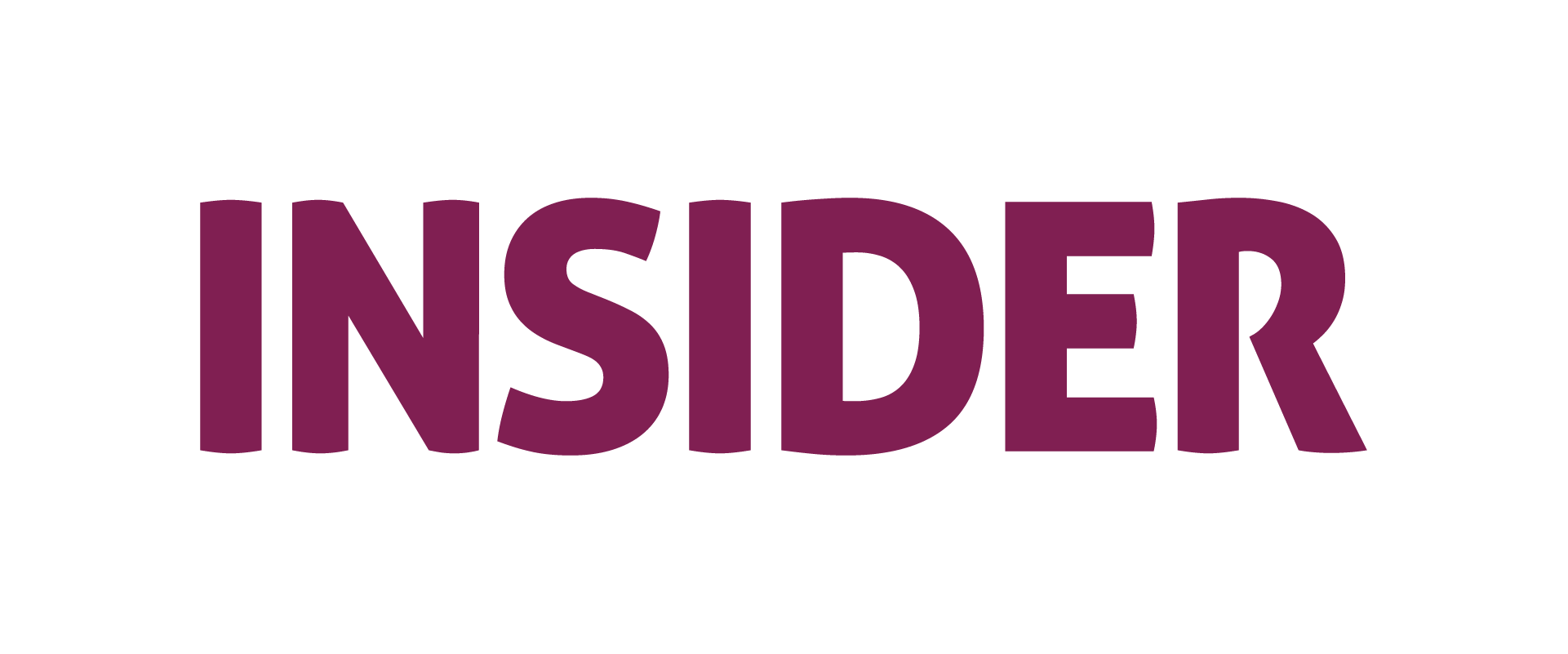
The Growth-at-all-costs Startup Vice
‘Growth at all costs’ is no longer in vogue
If you really want to succeed, efficiency is the name of the game.
We've grown tired of reading "financial irregularities" as the cause of downfall of many startups. Seriously, it's gone stale.
Why would startups choose this path regardless of seeing peers crash from soaring heights because of this very vice is beyond us.
Whether its Lido, Trell or the latest - Go Mechanic, here's why startups need to heed caution -
For far too long, startup founders have drank the Kool-Aid of “growth at all costs,” relying on a presumably free-flowing venture capital spigot.
Growth is an important factor, of course, but it should not be the sole focus of startup founders — especially in a post-COVID world.
Fewer than 5% of startups grow fast enough and scale sufficiently to have a chance to later adjust for business inefficiencies and make it out OK. For the majority of startups, however, growth will not be the antidote to outsize customer acquisition costs or churn or any of the other myriad metrics founders have to be mindful of and manage to carve a path to profitability.
Take it from us, a Venture Builder, someone whose everyday job is to help startups develop, expand, and thrive. Growth for growth’s sake without a sanity check on efficiency, sustainability, or profitability introduces financing risks because it assumes that capital will remain readily available to fund further growth with continued loss.As Warren Buffet once said, “Only when the tide goes out do you discover who’s been swimming naked.”
-
Capital Efficiency - a relative measure of the capital required to initially build and scale a business
-
Unit Economics - a measure of profitability vs. the cost of acquiring customers. Unit economics help you to understand if you are getting enough value from a customer to warrant the costs you are spending on acquiring and retaining them and creating and servicing your product.
Carving a Path to Profitability
Many startups believe that growth and profitability have to be mutually exclusive. We think it is a balancing act that must be performed throughout the entire life cycle of a company. You don’t choose just one — you carry them both on your shoulders, shifting your balance according to changing priorities. Both have to advance in the same direction to build a truly successful and sustainable company.
For companies at the early stage, there will be more pressure to grow and prove out unit economics profitability.
In a Nutshell
Founders should focus on both growth and profitability, build resiliency into their models, charge for the value they create from the get-go, and take a long-term outlook.
Ultimately, it all boils down to a founder’s mindset. We like to work with founders who try their hardest to maximize value-creation from every investment dollar they receive, as well as generate more revenues each year than expenses. Capital constraint, we find, can be a really helpful tool for a young team to test their ability to operate efficiently. It forces them to think creatively and logically about the investments they want to make. An overabundance of capital enables bad decision-making or dampens resourcefulness and creativity.